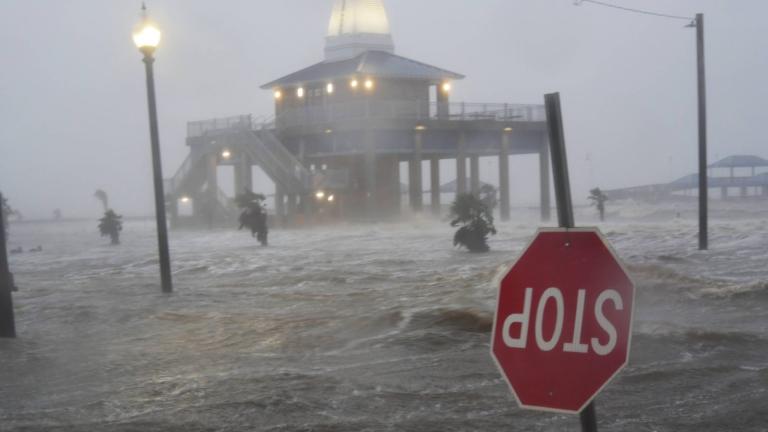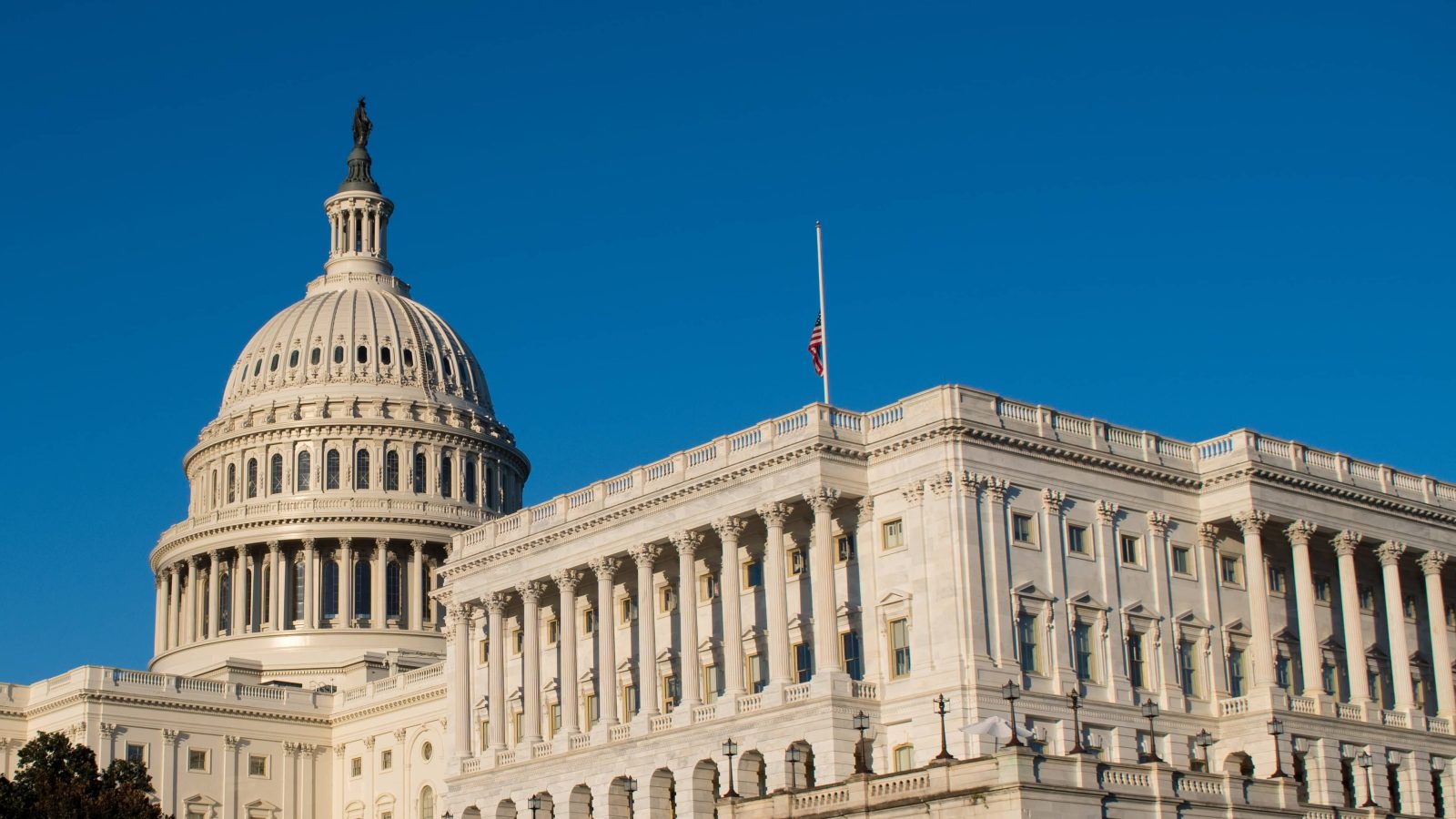Democrats will need a miracle if they want to keep their majorities in the Senate and House of Representatives this fall. The president’s party almost always loses in midterm elections. But to make matters worse for Democrats, inflation is leading to ballooning costs for everyday essential items like groceries and gasoline, and, while many voters approve of President Joe Biden’s handling of Russia’s invasion of Ukraine, Western sanctions against Russia are compounding high energy prices. Right now, 52.5 percent of the public disapproves of the President’s performance in office thus far. None of this bodes well for Democrats’ political prospects this midterm election cycle.
If Republicans take back one or more houses of Congress this fall as they are favored to do, Democrats have a narrow window of time before then to pass a climate plan. Luckily, such a plan already exists. It comprises roughly $320 billion worth of clean energy tax credits, $105 billion in resilience investments, $110 billion in tax credits for green technology and manufacturing, and $20 billion to buy clean energy. The House of Representatives voted to pass the plan late last year and sent it on to the Senate, where all 50 Democratic senators are amenable to it. Sixty percent of Americans support the climate provisions, a reflection of the public’s massive appetite for federal climate action.
So what’s the holdup? The problem is that all of that climate spending is tied up in a package called the Build Back Better Act, which also advances other progressive priorities, such as prescription drug pricing reform, expanded child tax credits, and making health insurance more affordable, that have proven to be contentious among Democratic senators. Passing climate policy alone would require dismantling the legislation and reintroducing elements of it as a new, climate-focused bill. Political experts say that lawmakers have been hesitant to focus exclusively on climate for a number of reasons, but that now might be the perfect moment for Democrats to restructure their original climate plan and bill it as an effort to both combat inflation and invest in domestic energy security.
There’s reason to believe the climate portions of the Build Back Better Act would pass if they were rejiggered into their own piece of legislation. “The climate thing is one that we probably could come to an agreement much easier than anything else,” Joe Manchin, the centrist senator from West Virginia who has thwarted many of the progressive aspects of Biden’s agenda thus far, including Build Back Better, told reporters in January. Manchin has a track record of being a fickle negotiator, but, for the moment, there’s little downside to taking his comments at face value.
“It seems clear that there are 50 senators who are in favor of taking action on a climate investment package,” Jared Leopold, cofounder of the climate policy think tank Evergreen Action, told Grist. “It would be malpractice for the Senate not to get something done on that right now.”
But little progress has been made on a new, climate-focused piece of legislation. Senate Majority Leader Chuck Schumer and President Biden, who have both called climate change the number one threat to our planet, have been curiously silent on the status of the Build Back Better Act. Last week, 89 Democratic lawmakers sent Biden an open letter urging him to restart bicameral negotiations around the climate provisions in Build Back Better. The Biden administration hasn’t publicly said whether it is planning to encourage a fresh round of climate talks.
“The Senate has proven themselves incapable of treating climate with the seriousness it deserves,” Sean Casten, a Democratic representative from Illinois who led the effort, told Grist. (Casten used to be a writer for this magazine.)
A number of factors could be contributing to Congressional inertia on climate. Some senators may be loath to elevate climate action above the other priorities in Build Back Better. Going ahead with a climate-focused package means leaving a bunch of other important policy items on the table. “I think there are a lot of Democrats whose priority is other parts of the Build Back Better agenda,” Paul Bledsoe, a former Clinton administration climate official who is now a strategic adviser for the Progressive Policy Institute, told Grist. “It’s not easy to give those up.”
Senate logistics are also slowing things down. Democrats are striving to pass the meat of Biden’s presidential agenda via the budget reconciliation process, wherein the majority party can pass legislative priorities that pertain to the congressional budget with a simple majority instead of the 60 votes required to overcome a filibuster. Not a single Republican has signed on to the Build Back Better Act, forcing Democrats to use the reconciliation process to get Biden’s agenda done. It took them months to figure out how to craft the package in a way that fit budget reconciliation rules, which are strict. Creating a stand-alone clean energy bill out of the ruins of Build Back Better, complete with a tax structure to pay for the clean energy tax credits Democrats want, is hard to do. “The Senate operates at the speed of a sloth,” Danielle Deiseroth, lead climate strategist for the progressive think tank Data for Progress, told Grist. “I think it’s getting bogged down by a lot of the procedural stuff.”
Some political insiders wonder how big a priority climate change really is for Democratic leadership, particularly now, as Russian soldiers push deeper into Ukraine, inflation soars, and gas prices go up. As has happened with climate legislation countless times in the past, other, seemingly more pressing issues may have shunted the issue onto the sidelines. A couple of weeks ago, Manchin, who chairs the Senate Energy and Natural Resources Committee, said the war in Ukraine emphasizes the need to pursue an “all of the above” domestic energy policy, including boosting oil and gas production on public lands.
“The world has been completely flipped upside down since December when there were the last really live talks about the full social and climate spending agenda,” Deiseroth said. But she’s hopeful that climate action will take center stage again soon. “I would predict that climate is going to be like Tom Brady,” Deiseroth said. “He’s just gonna come back from retirement better than ever.”
There’s some evidence to support Deiseroth’s prediction. On Wednesday, E&E News reported that momentum is building around restarting Build Back Better talks and that negotiations could begin in earnest soon with the goal of reaching a deal in April or May. A source familiar with the matter confirmed that timeline to Grist. Four people who spoke to E&E News said lawmakers are passing around the beginnings of draft text legislation. But it’s not clear whether the $320 billion in clean energy tax credits, or any other part of the original Build Back Better Act, will make it into whatever legislation lawmakers cook up. If a bill is introduced later this spring, there’s no saying what it will look like or how aggressively it will support a transition to clean energy.
Bledsoe, the former Clinton advisor, thinks the war in Ukraine has presented senators with a golden opportunity to promote a bill that simultaneously tackles energy insecurity, inflation, and climate change by incentivizing a shift to renewables. “The package has got to be marketed around reducing long-term energy costs and increasing energy security,” he said.
In the near term, Bledsoe said that the Biden administration may have to make some not-so-climate-friendly concessions to appeal to centrist lawmakers, like using executive action to open up more reserves of oil and gas or exporting more natural gas to Europe to make up for Russian shortfalls. “There is an element here of trying to reduce near-term prices and that may require some short term oil and gas supply increases,” he said. “If that’s the price to pay for a huge down payment in long-term improvements in energy security, reducing costs, and cutting emissions, that’s fine. That may be the deal that Manchin and the Biden administration could coalesce around.”
Experts say that the absolute worst-case scenario for Democrats would be to do nothing on climate change at all. “Looking ahead to November, they’re going to have to deliver something,” Deiseroth said. “When climate is one of the top three issues that Democratic voters care about, you gotta deliver.”




